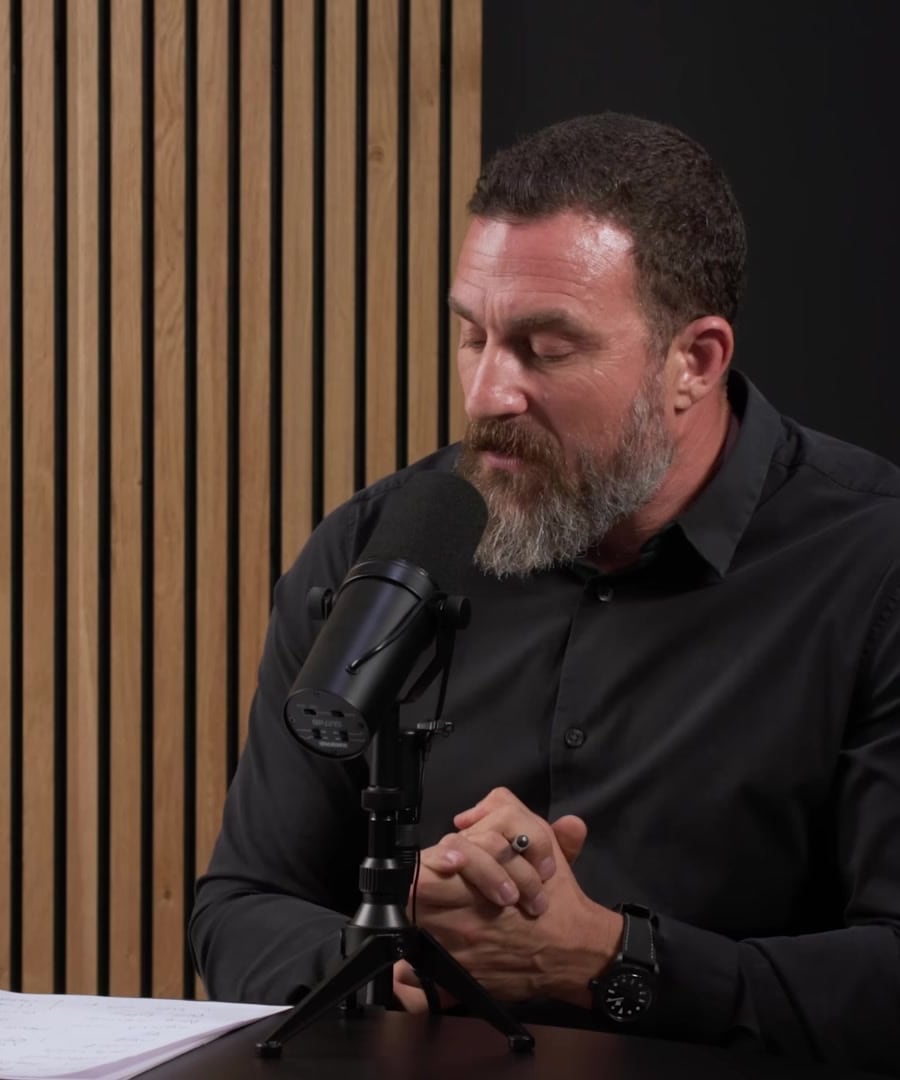Is there anything in development or recommendations you may know of to treat peripheral neuropathy? I've been dealing with this for years, at times it becomes intolerable, being a registered Pharmacist I've been unable to unearth any meaningful treatment which frustrates me even further. Thank you.
I was unable to find any direct references or recommendations from the regarding the treatment of peripheral neuropathy. As such, I'm unable to provide you with specific treatments or developments in this area from the podcast.
Since peripheral neuropathy can greatly vary in its causes and manifestations, it is often best addressed through a customized treatment approach that takes into account the individual's medical history and the underlying cause of the neuropathy. Typically, this involves working closely with healthcare providers who may recommend a range of treatments, from medications to manage symptoms to physical therapy and lifestyle changes. Given your professional background, you likely have a deeper understanding of this complexity.
New treatments, including both pharmacological and non-pharmacological strategies, are an area of ongoing research. For any specific developments or personalized recommendations, it might be beneficial to consult with specialists in the field or to look into the latest clinical trials and research studies that are exploring innovative therapies for peripheral neuropathy.
Thank you for your feedback!RELATED QUESTIONSCan you suggest any alternative therapies for peripheral neuropathy?
Sources:
An alternative therapy that's been discussed by for pain relief, which may be relevant to peripheral neuropathy, is the use of pressure or stimulation to modulate pain. This is based on the gate theory of pain, which suggests that providing pressure or mechanical stimulation to areas above and below the site of injury or pain can activate larger A fibers in the skin that, in turn, inhibit the smaller C fibers that carry pain information 1.
This concept underlies practices like electroacupuncture and sports medicine techniques where tape is applied at specific locations not solely to provide support, but also to potentially relieve pain in joints or limbs positioned away from the taped area. In practical terms, rubbing or applying pressure to a painful area or nearby can have analgesic effects due to the release of a neurotransmitter called GABA from A fibers, helping to quiet the activity of pain neurons 1.
While this information is based on the general principle of pain modulation and not specifically tailored to peripheral neuropathy, it highlights how certain non-pharmacological methods can be utilized to potentially reduce discomfort. It's important to note that any alternative therapy should be discussed with a healthcare provider to ensure safety and explore its suitability for your specific circumstances.
RELATED QUESTIONSCould you explain more about how the gate theory of pain works?
Sources:
The gate theory of pain is a well-established theory that describes how certain types of nerve fibers (A fibers) can essentially "close the gate" to pain signals carried by other fibers (C fibers). When we rub our skin or an area affected by pain, or if we apply pressure nearby, we activate these A fibers. These nerve fibers, in response to mechanical pressure, can inhibit the smaller C fibers that are carrying pain signals. This inhibition happens because the A fibers release a neurotransmitter called GABA, which quiets the activity of the C fibers, providing pain relief 1.
This inhibition is a form of pain modulation that occurs locally, in the spinal cord, where signals from the periphery of the body are processed before being sent to the brain for perception. The gate control theory was developed by Melzak and Wall and serves as the basis for a variety of pain relief methods, which are commonly seen in practices such as electroacupuncture and sports medicine 2.
Mechanical interventions like massage, pressure application, and even acupuncture work on this principle, possibly providing relief through these same mechanisms. Surprisingly, even behaviors such as swearing after an injury have been shown to have an effect on pain perception, suggesting that there are possibly complex pain modulation pathways extending from the brain itself 2.
RELATED QUESTIONSTell me more about different pain relief techniques.
Sources:
Different pain relief techniques mentioned in the Huberman Lab's content include:
-
Physical Pressure: Applying pressure above and below the site of pain can help relieve it by activating A fibers that inhibit C fibers carrying pain information, providing real pain relief support for the injured or painful area 1.
-
Diffuse Noxious Inhibitory Control (DNIC): Engaging pain in a site different from where the primary pain is can inhibit pain. This is called conditioned pain modulation in humans and is a concept where pain actually inhibits pain 2.
-
Red Light Therapy: Particularly in cases like fibromyalgia, red light therapy has been explored for pain relief. Sunlight may have a similar effect on pain relief due to the red wavelengths present in it 3.
-
Temperature Management: Historically, cold is often applied within the first 48 hours after an acute injury to reduce inflammation and slow nerve firing related to pain. Heat is generally applied after to increase blood flow, help relax muscles, and provide comfort 4.
The methods for reducing pain include a range of behavioral tools, psychological tools, nutrition, supplementation, and prescription drugs, taking into account associated factors such as temperature and the inflammatory process 5.
RELATED QUESTIONS-
Is there anything in development or recommendations you may know of to treat peripheral neuropathy? I've been dealing with this for years, at times it becomes intolerable, being a registered Pharmacist I've been unable to unearth any meaningful treatment which frustrates me even further. Thank you.
- Thank you for your feedback!RELATED QUESTIONS
Can you suggest any alternative therapies for peripheral neuropathy?
- RELATED QUESTIONS
Could you explain more about how the gate theory of pain works?
- RELATED QUESTIONS
Tell me more about different pain relief techniques.
- RELATED QUESTIONS





